Lexical-Semantic Faults in Journalistic Texts (Based on the Material of the UNIAN News Tape)
DOI: 10.17721/2522-1272.2023.83.2 ![]()
UDC 070:808.2:81‘271.14=161.2
Iryna Marynenko, PhD of Philol. Sciences, Associate Professor, Educational and Scientific Institute of Journalism, Taras Shevchenko National University of Kyiv
0000-0002-2836-758X
ABSTRACT
The article is devoted to classification and analysis of lexical-semantic deviations from language norms in the materials of the UNIAN news tape. Considering the dramatic events in our country over the past year and a half, the citizens consume much more actively the information products, from which they gain knowledge of the Ukrainian language, striving to improve it in this way. However, not all journalists conscientiously fulfill their professional duty, assuming various deviations in their texts, including lexical and semantic ones. The objective of this study was to identify the erroneous lexical norms in media texts and to draw attention of authors‘ journalistic materials to them.
It was determined that all collected abnormal cases are primarily divided into intentional deviations, consciously used by the journalists in the texts and unintentional deviations, caused by low professional competence of their authors. Among the intentional deviations, there are often inappropriately used emotionally expressive and stylistically marked lexemes, such as colloquial, slang, swearing and vulgar words. Purposeful use of such language units aims to attract attention to the publications, which cannot be justified based on the requirements for language style of informational texts. Unintentional deviations include semantically modified lexemes; tautologies and pleonasms; confusion of the meanings of paronyms and cross-language homonyms; interferems and Russianisms as evidence of professional carelessness and inattention to the created materials. A significant amount of materials collected during the month testifies to the improper attitude of journalists of this news agency to their professional duties. After all, it is news texts that today belong to the most widely read, from where citizens replenish their vocabulary and learn the rules of using words and their combinations. Eliminating the listed problems will make it possible to improve the language competence of both the journalists themselves and the readers of their materials.
KEYWORDS: fault, semantic deviation, interferem, title.

